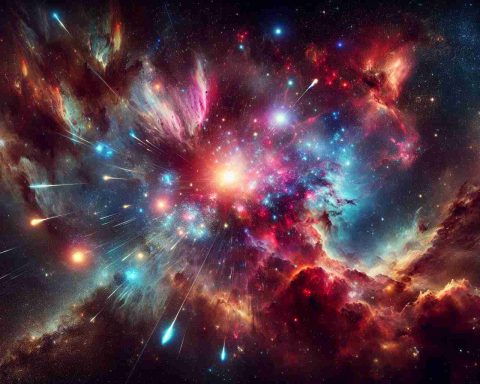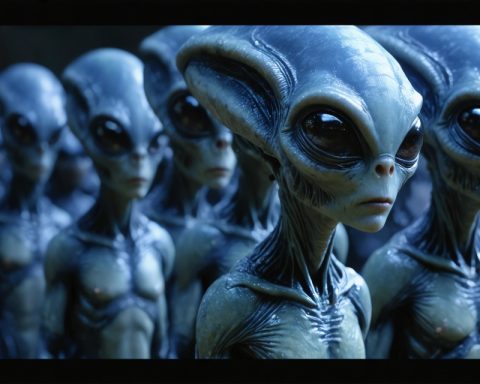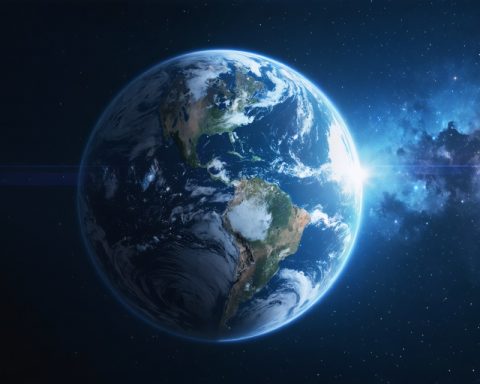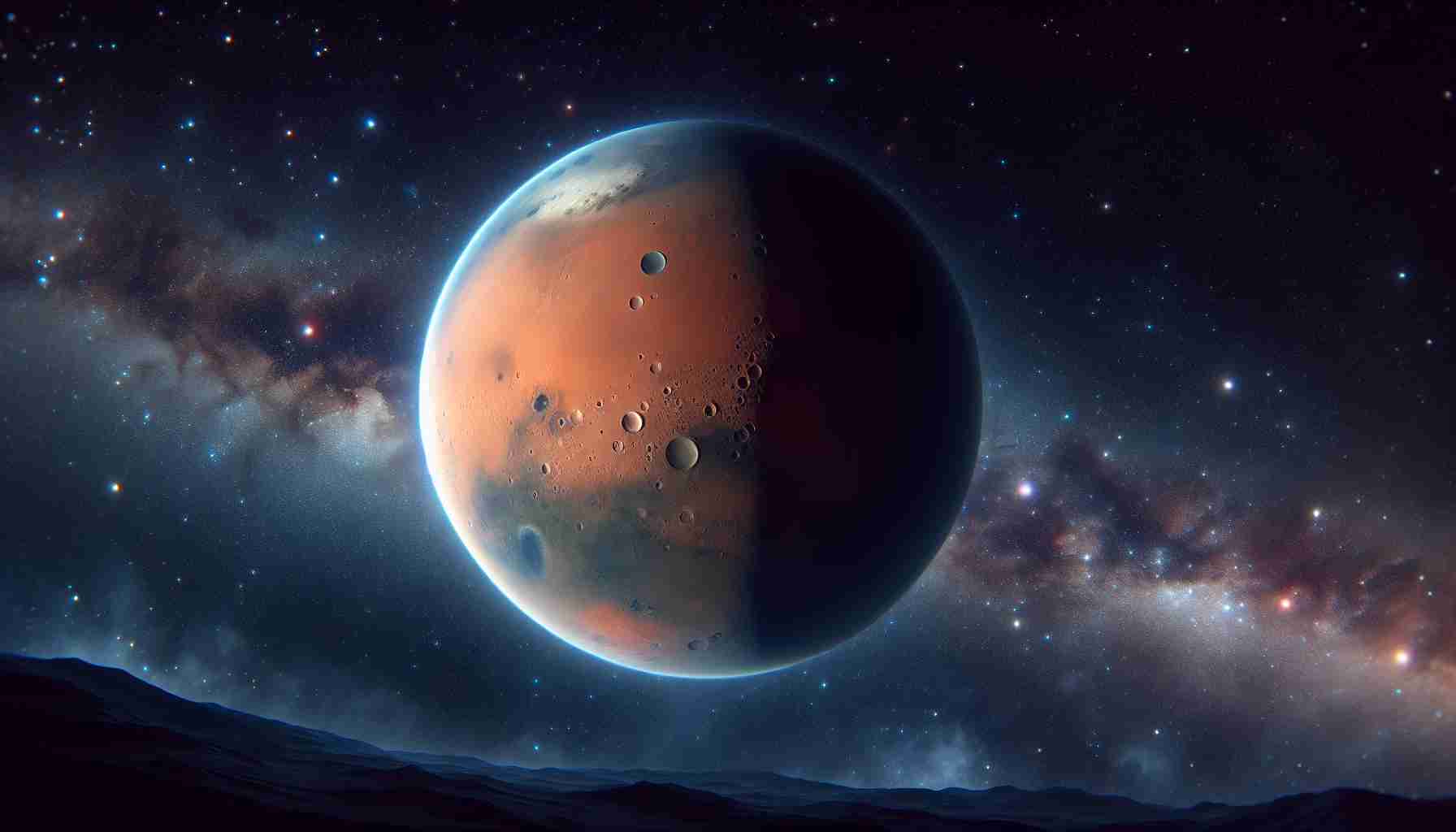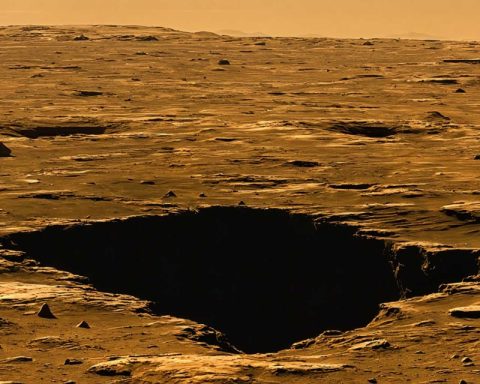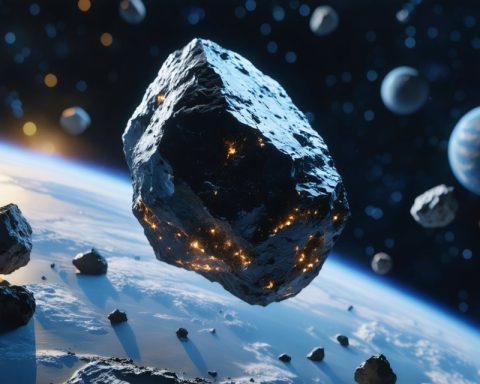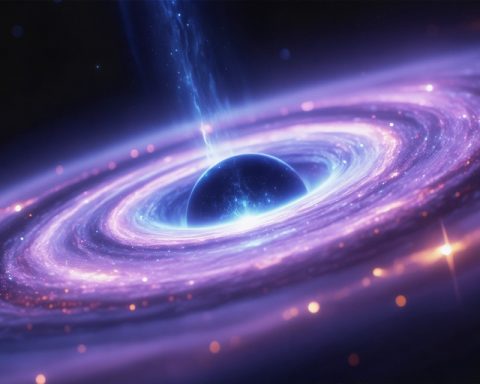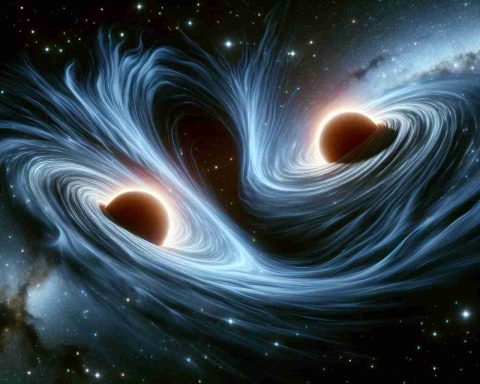Prepare for a Spectacular Planetary Show!
On February 28, stargazers will be immersed in a breathtaking sight as Mercury joins six other planets in a remarkable alignment. The visible planets include Venus, Mars, Jupiter, Saturn, Uranus, and Neptune, all enhancing the night sky with their brilliance.
This celestial occurrence isn’t merely a visual feast for skywatchers; it also sheds light on our Solar System’s intricate dynamics. As the planets revolve around the Sun in a shared plane, their varied orbital speeds lead to exciting alignments from Earth, allowing multiple planets to appear in the night sky simultaneously.
Although five of these planets shine brightly enough to be seen without assistance, Uranus and Neptune require binoculars or telescopes for observation. The phenomenon, often referred to as a planetary parade, will peak on February 28 when all seven planets become visible, provided the weather cooperates.
While some observers might wonder about the impact of planetary alignments on Earth, the scientific community remains skeptical. Past theories suggest a potential influence on solar activity, but evidence remains inconclusive.
Nonetheless, planetary alignments offer valuable opportunities for scientific exploration. Notably, the gravitational forces of planets have been used by space missions, such as NASA’s Voyager spacecraft, to significantly reduce travel time to the outer Solar System. This upcoming alignment promises to inspire curiosity while enhancing our understanding of the cosmos.
Beyond the Night Sky: The Implications of Planetary Alignments
The recent planetary alignment, while a spectacle for enthusiasts, carries broader implications that resonate through various facets of society, culture, and even the global economy. As we gaze upwards, we are reminded of our connection to the cosmos and the enduring human curiosity about celestial phenomena. This alignment can stimulate interest in astronomy and science education, inspiring future generations to explore careers in STEM (Science, Technology, Engineering, and Mathematics) fields—a necessity in our increasingly technological society.
Moreover, these celestial events can bolster the tourism sector as local observatories and planetariums attract visitors eager to witness nature’s wonders. Cities may experience an influx of tourism, enhancing local economies and encouraging investment in science communication initiatives. The alignment serves as a reminder of the universal human experience of wonder, bridging cultural gaps and fostering a shared sense of awe that transcends borders.
From an environmental perspective, increased public interest in astronomy may lead to greater advocacy for the preservation of dark skies, which are vital for astronomical observation and biodiversity. Additionally, technological advancements in spacecraft inspired by such alignments could have lasting effects on space exploration missions, paving the way for future endeavors aimed at understanding our Solar System’s development and potential threats from space.
In the long term, as societies increasingly embrace science and exploration, we could witness a cultural shift toward prioritizing scientific literacy and global collaboration—formulating a society that values enlightenment and sustainability. The cosmos, though distant, serves as a reminder of our interconnectedness and shared destiny, prompting us to reflect on our role in the universe.
Don’t Miss the Epic Planetary Alignment: Everything You Need to Know!
Prepare for an Exciting Celestial Event!
On February 28, skywatchers will be treated to a stunning display as Mercury aligns with six other planets, showcasing a beautiful planetary parade that includes Venus, Mars, Jupiter, Saturn, Uranus, and Neptune. This fascinating alignment offers not just an aesthetic experience but also a deep insight into the dynamics of our Solar System.
Key Features of the February 28 Alignment
– Visibility: Five of the planets—Venus, Mars, Jupiter, Saturn, and Mercury—will be visible to the naked eye, making this event accessible to everyone. Uranus and Neptune will require binoculars or telescopes to view.
– Timing: The alignment will be most prominent on the night of February 28, conditions permitting. Stargazers are encouraged to find an open area away from city lights for the best experience.
– Scientific Significance: While the visual spectacle is alluring, this event also provides an opportunity to observe planetary motion and understand gravitational influences, which can aid in future space missions.
How to Prepare for the Show
1. Find a Suitable Viewing Location: Look for a dark area with minimal light pollution.
2. Gather Equipment: If you want to view Uranus or Neptune, grab a good pair of binoculars or a telescope.
3. Check Weather Conditions: Clear skies are a must for optimal viewing. Keep an eye on the weather forecast leading up to the date.
4. Educate Yourself: Familiarize yourself with the planets’ positions by using astronomy apps to enhance your experience.
Pros and Cons of Viewing the Planetary Alignment
Pros:
– Accessible to a broad audience, no specialized equipment necessary for most planets.
– Offers a unique chance to enhance understanding of the planets and their orbits.
– Fosters community engagement through group viewings and events.
Cons:
– Weather conditions may affect visibility.
– Light pollution can significantly hinder the viewing experience.
– Expert knowledge required for optimal observation of less visible planets.
Predictions and Trends
Astronomical events like this planetary alignment are becoming increasingly popular, sparking a renewed interest in astronomy. Experts predict that more people will engage with amateur astronomy communities, driving the trend of accessible stargazing and educational outreach. As space technology advances, future planetary alignments could be utilized for research, bridging the gap between amateur and professional astronomers.
Conclusion
The alignment of Mercury with Venus, Mars, Jupiter, Saturn, Uranus, and Neptune on February 28 promises to be a breathtaking sight for stargazers. Whether you’re an experienced astronomer or a curious beginner, this planetary parade offers a remarkable opportunity to connect with the universe. For more information and tips on stargazing, visit NASA.




